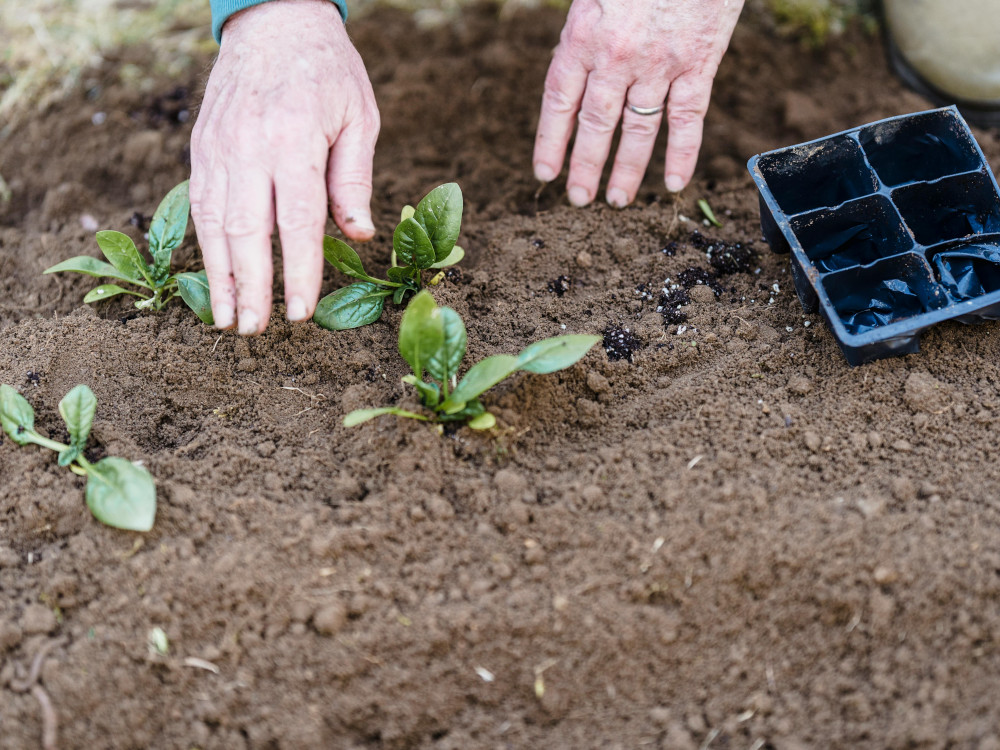A collaborative website supported by the NCLS (National Church Life Survey) and church plant advocates Exponential Australia, newchurches.org.au, is designed to make it much easier to appreciate how much church planting is currently happening in Australia.
81 plants are listed for 2023, with 63 listed as active, 18 as proposals – which might be active but not updated on the website.
20 plants come from the Australian Christian Churches denomination, 11 from the Uniting Church, and 7 are Baptist. Anglicans and the Church of Christ have two each.
The is only one FIEC (Fellowship of Independent Evangelical churches) listed for 2023. This is an undercount for the FIEC or Reach Australia type of church plant. Reach Australia had a goal of 12 plants in 2023.
This would take the number of church plants in 2023 to 92.
In addition, Sydney Anglican church plants do not appear on the list. Their Evangelism and News Churches ministry reports that in 2023, they were involved with church planting at Warilla North in Wollongong and Sydey’s new suburb of Box Hill.
Currently 503 church plants are listed in the database, 489 since 2011, 436 since 2016 (which means the earlier years are obviously an under count,) and 248 since 2021.
So far in 2024 25 plants are listed, with 6 listed as active: Horizon church Perth and Central Church Kilmore, Victoria (ACC); Walkervale church Bundaberg and Gracelife Community Church Adelaide (Christian Community Churches); Cross Culture Tarneit, Melbourne (Churches of Christ); Gungahlin Anglican Church Taylor, ACT (Anglican).
There are probably more – but that list of new young churches deserve recognition.
Once again the FIEC or Reach Australia church plants s are under represented, with Reach having a 2024 target of 16 new churches.
Replacement?
The NCLS reports “Between 1991 and 2016 there was a decrease of some 1200 churches. In many instances, a church presence remains in an area but different locations merge.” That would mean an net average of 48 churches closing each year. Note thats a net figure – detailed table of denominations shows plants – for example the FIEC churches are listed. An update at an Exponential briefing from NCLS Research ‘s director Ruth Powell indicated that church planting has been affected bu Covid and has declined in the last five years. The NCLS Growth and decline report for Exponential found “After testing some simple data models it was concluded that church planting has beenvgradually decreasing for some time, possibly the last decade or so. A significant proportion(about one third) of general church planting by Australian Protestant churches appears to be occurring overseas.” It noted that some independent and micro church planting may not have been captured by the stats.

